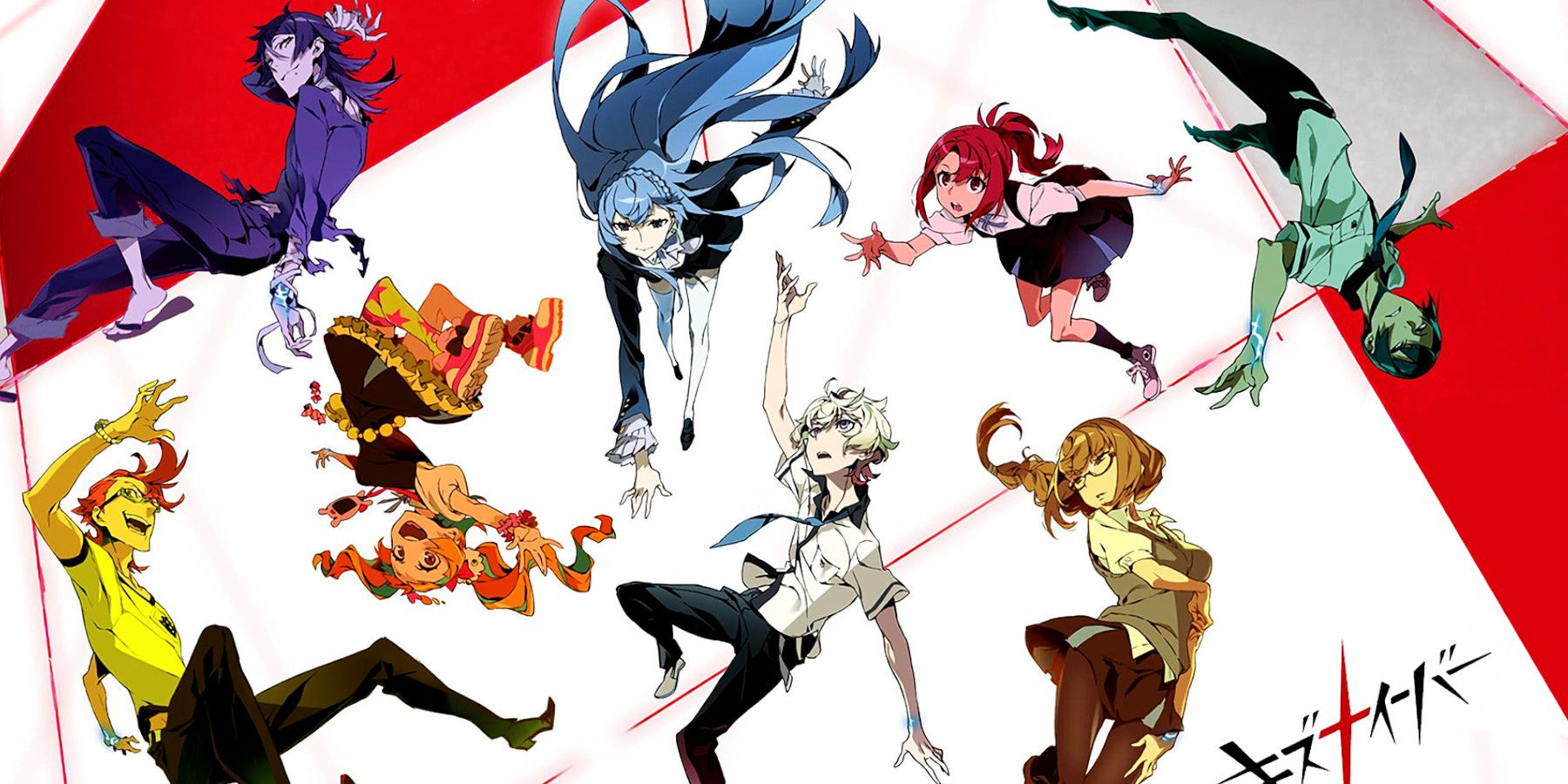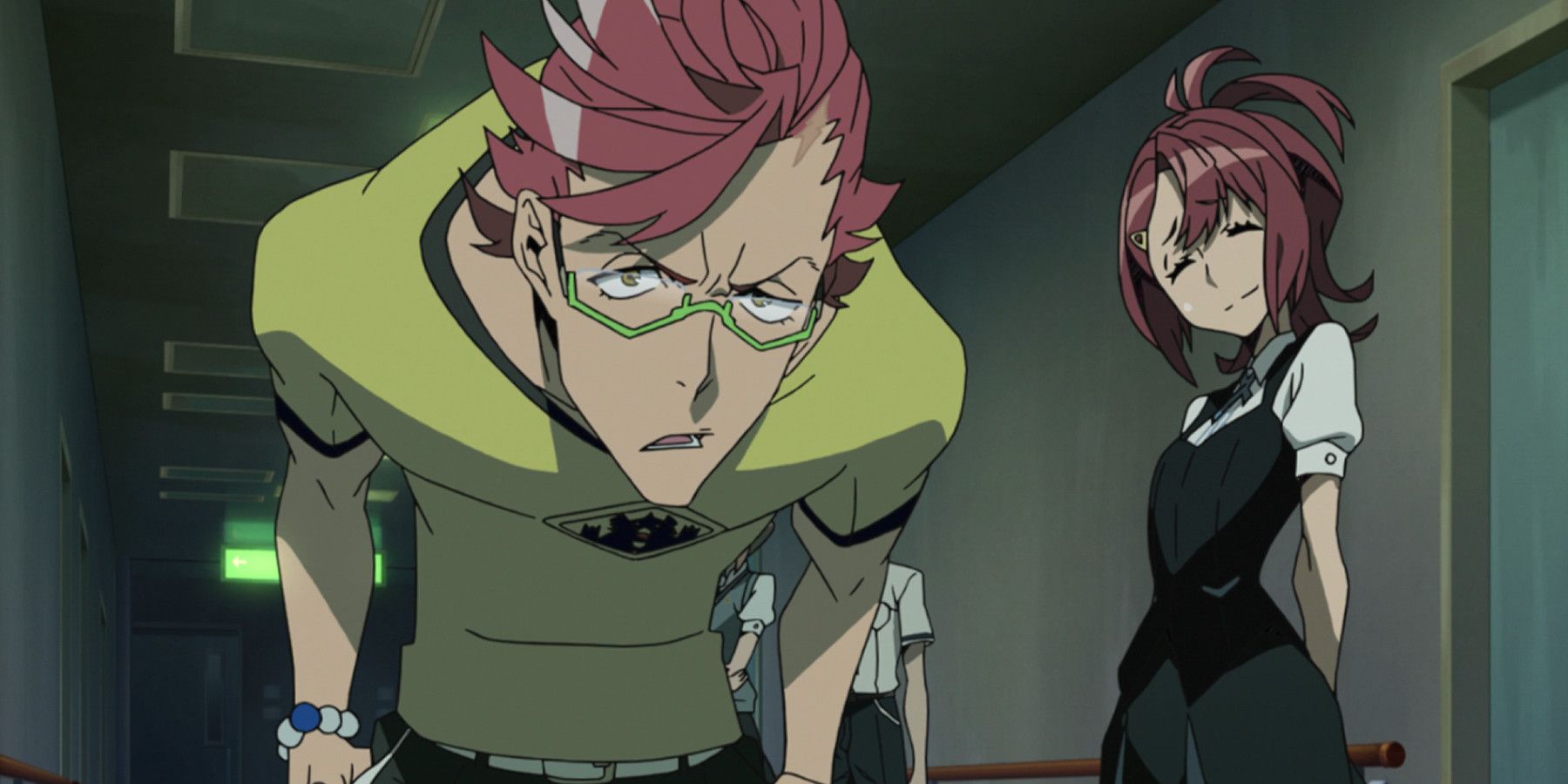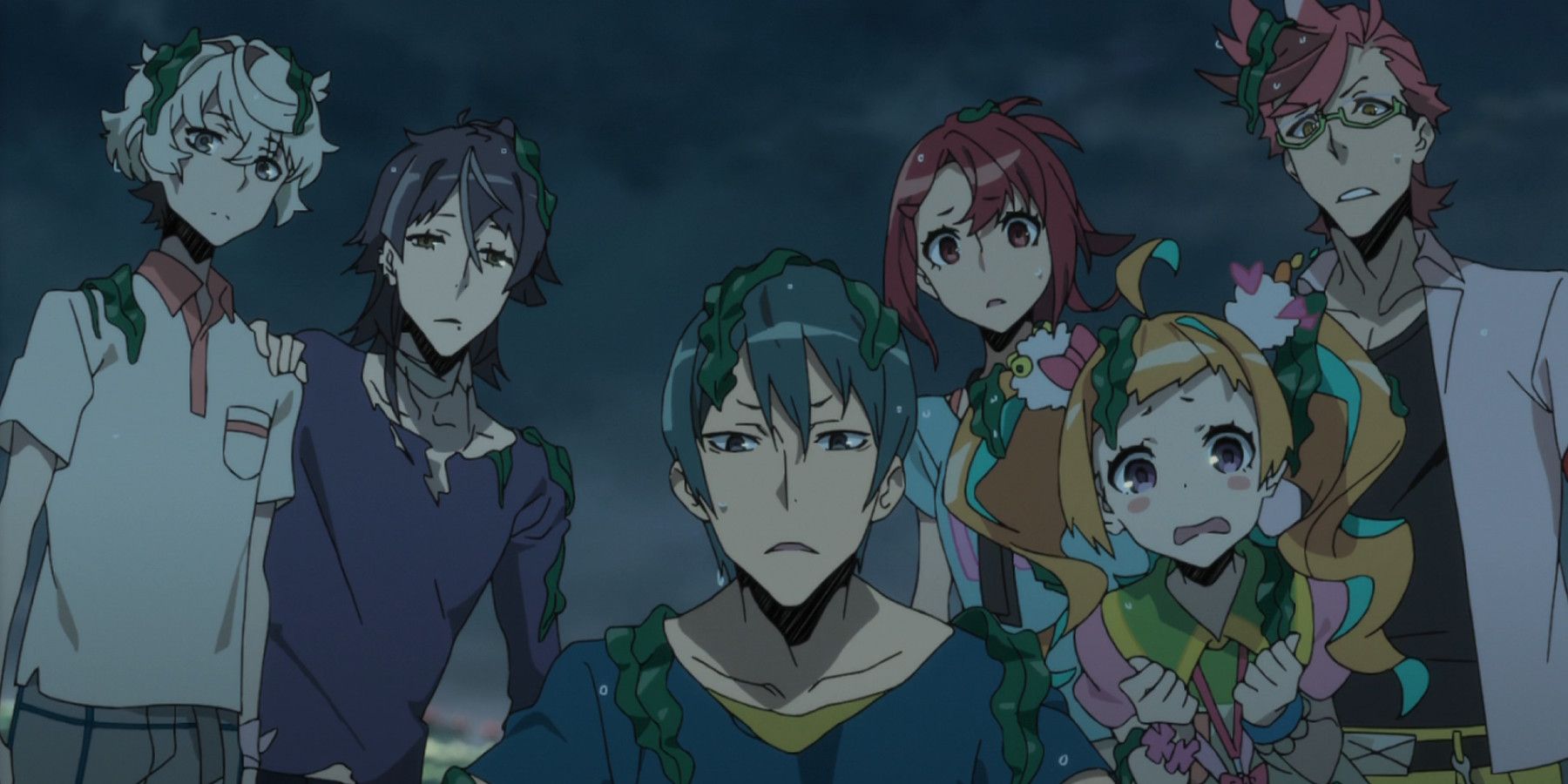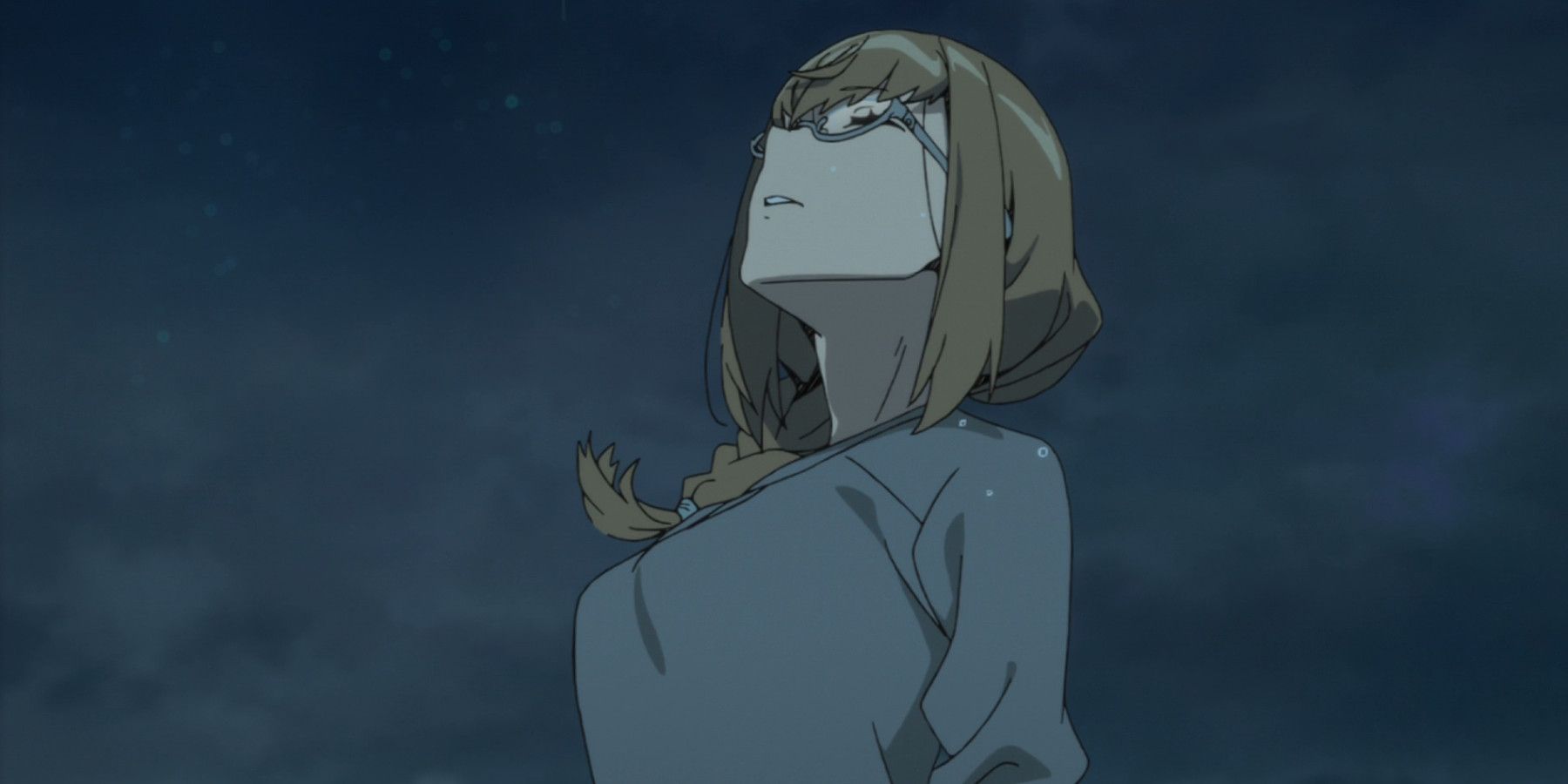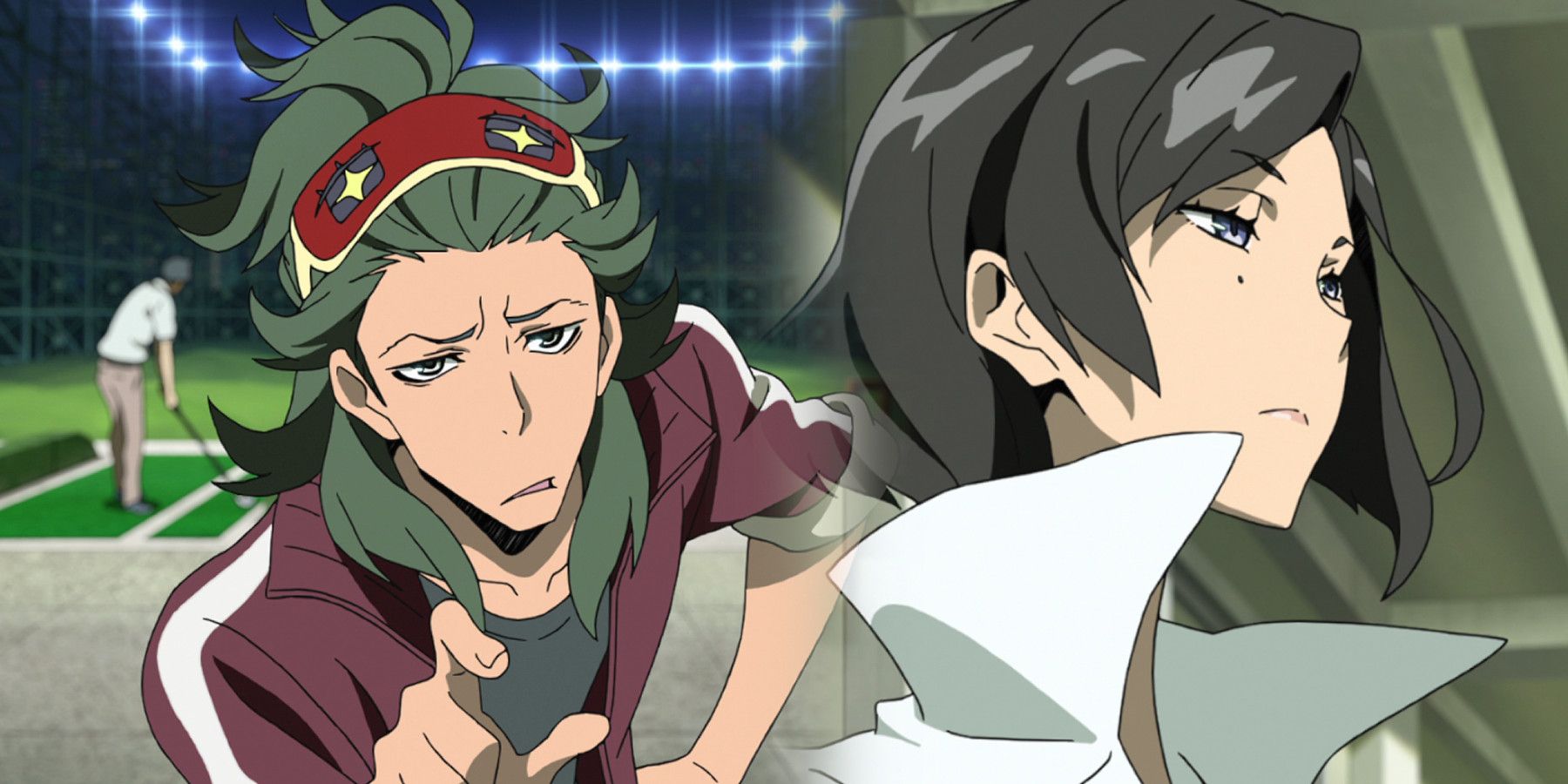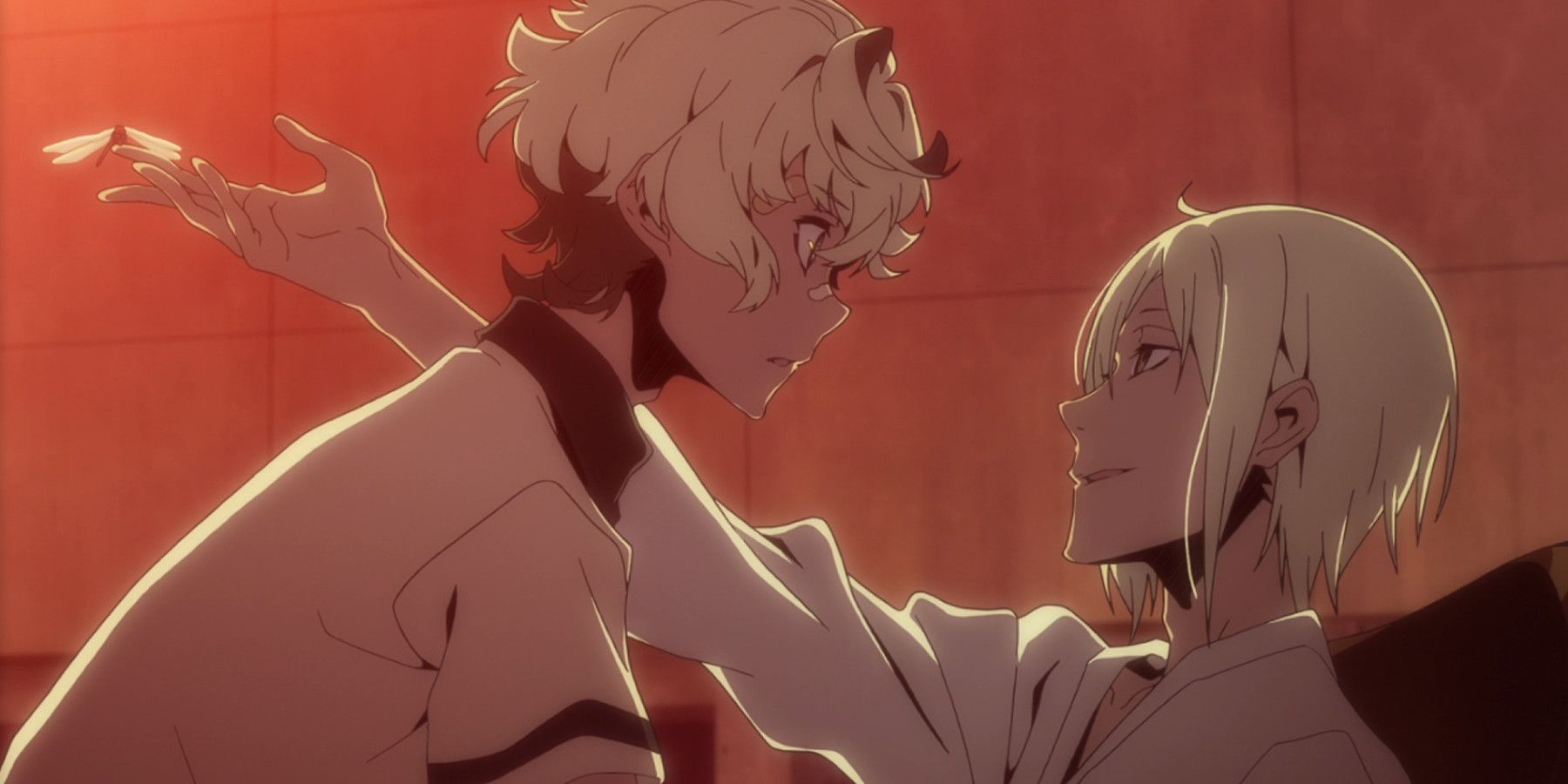
Uncovering the Emotional Rollercoaster of Kiznaiver

Kiznaiver: Trigger's captivating project, explores the human psyche through a unique concept- sharing pain With beautiful bonds, a faulty system, and a legacy that lingers, it's a must-watch for fans of thought-provoking anime
Teen melodrama is often criticized for being over-dramatic and unrealistic, but the appeal of its heart-wrenching interpersonal drama is undeniable. In 2016, Studio Trigger's Kiznaiver offered a fresh perspective on anime teen melodrama by examining the importance of human connection. Directed by Hiroshi Kobayashi, Kiznaiver follows seven students in Sugomori City who are chosen for an experiment aimed at achieving world peace. The students are connected by their wounds for the duration of their summer break, offering a unique exploration of the power of empathy and shared experiences.
Beautiful Bonds
Katsuhira Agata is a boy who lacks emotions and can't feel physical pain. He's constantly bullied due to his passive nature, which worries his childhood friend Chidori. One day, he meets Noriko Sonozaki, a reserved girl who introduces him to the concept of the seven deadly sins and how they've evolved in modern Japanese society. The main characters in the series represent each of these sins, including Tsuguhito Yuta as the "Cunning Normal," Honoka Maki as the "High-and-Mighty," Chidori Takashiro as the "Goody-two-shoes," Nico Niyama as the "Eccentric Headcase," Hajime Tenga as the "Musclehead Thug," and Katsuhiro as the "Imbecile." Later in the series, Yoshiharu Hisomu is introduced as the "Immoral."
The gang is abducted by the strange and deformed mascots of the city, who subject them to the Kizna System - a play on words meaning "wound" and "bond". As "Kiznaivers", each person's pain is shared equally among the group, forcing them to stick together until the end of summer, unless they become friends before then.
Kiznaiver offers a unique take on the standard genre, in which characters are often thrust into missions that feel like tropes from other teenage dramas. However, the show manages to avoid feeling formulaic through its use of a mad science experiment as a framing device, and the characters' initial reluctance to participate. This approach allows for some raw and powerful character development to take place.
Kiznaiver's drama may seem contrived at times, but it offers a thought-provoking commentary on the conventions of teenage melodrama. The fact that it is penned by Mari Okada, a prolific writer in this genre, only adds to its allure. Despite initially appearing as archetypal characters, Okada imbues them with surprising depth and nuance, elevating the show beyond mere clichés.
The presentation of Kiznaiver is truly remarkable, showcasing some of the most stunning art that Trigger has produced. It's surprising that the show's art isn't discussed more frequently, given how flawlessly Mai Yoneyama's character designs adapt Shirow Miwa's original concepts for animation. The art direction never sacrifices quality for movement, seamlessly imbuing each character's physicality with traits that reflect their unique personalities. Even when running, jumping, or emoting wildly, the gorgeous backgrounds and lighting make the series a visual delight.
A Faulty System
As much as Okada's script succeeds, it does have a tendency to showcase its least attractive characteristics early on. In the initial episodes, Tenga is involved in two rather strange situations, both of which involve sexual harassment either being attempted or discussed. These scenes, while somewhat significant, may detract from the overall viewing experience.
By the midpoint of the series, the characters in Kiznaiver undergo a significant transformation. While they start out as flawed individuals, every challenge they overcome and every wound they share brings them closer together. This is particularly evident when Maki's painful past resurfaces, and the cast bands together to help her come to terms with her loss. The result is a deeply satisfying and well-earned moment that showcases the power of friendship and teamwork.
Kiznaiver presents a thought-provoking concept: how would sharing pain impact individuals and communities? The idea of experiencing others' pain in order to develop empathy and build stronger connections is intriguing. However, the moral implications are called into question as the characters are involuntarily subjected to the experiment. The individuals behind the experiment, including Noriko, Yamada, and Urushibara, could be seen as antagonists. Adding to the complexity, manufactured drama is introduced to test the characters' bonds, despite them already appearing to have developed genuine connections.
One scene in the show involves the characters strategizing on how to manipulate each other's feelings based on their crushes, akin to writers plotting out a story for maximum emotional impact. While the script does acknowledge the questionable ethics of this experiment, it ultimately leads the characters to bond and grow in positive ways.
The show not only critiques melodrama but also argues that the connections between the characters are genuine, despite their initial contrived circumstances. The focus is on Katsuhira and Noriko, whose undisclosed shared history makes it challenging for them to form relationships and communicate effectively. Despite the presence of many vibrant characters, it is noteworthy that the reserved leads captivate the audience, highlighting the skillful direction of Kobayashi and the exceptional art direction.
Kiznaiver's Legacy
The desire to connect with others is a powerful force that drives us all, but often we have mistaken ideas about what it takes to truly forge those connections. Pain, while something we instinctively want to avoid, can actually be a powerful tool for building stronger bonds with others. It is an inevitable part of the human experience, and without it, we would miss out on some of life's most profound lessons.
Despite being overshadowed by newer Trigger projects, Kiznaiver should not be dismissed as just another experimental anime. The series, although created during a time of high expectations and hype, stands out as a well-crafted and visually stunning work of art. Looking back on it now, it's clear that Kiznaiver deserves recognition for its unique storytelling and captivating characters.
Towards the end, Kiznaiver exceeds expectations with a mature take on romance, a departure from Trigger's usual style. The characters' pain extends beyond physical, leading them to examine their own and others' hurts. This introspective journey is thought-provoking and well-executed, making up for the lack of groundbreaking elements aside from the Kizna System. With Mari Okada at the helm, Kiznaiver proves that Trigger can still deliver quality content with a fresh perspective.
